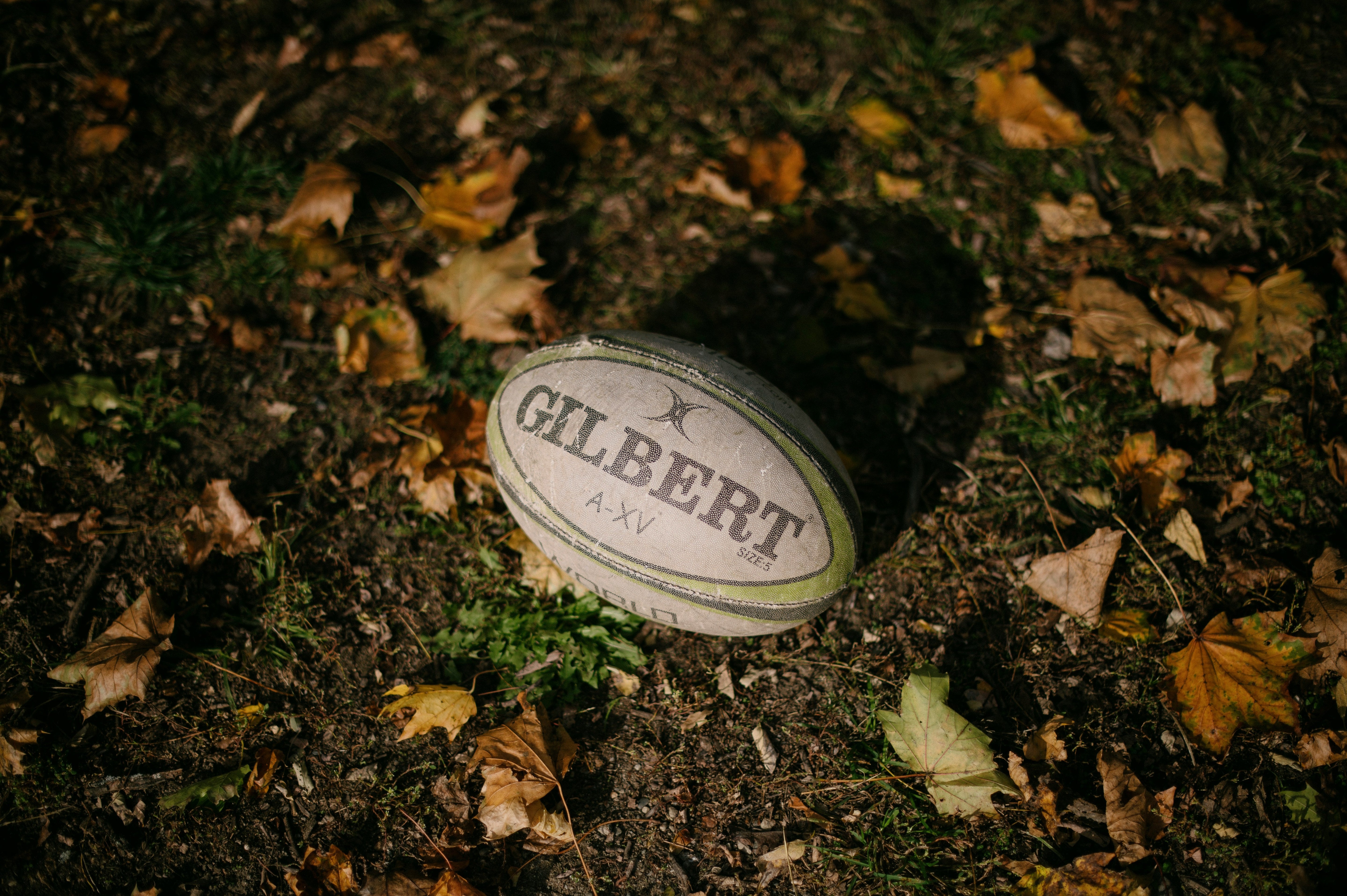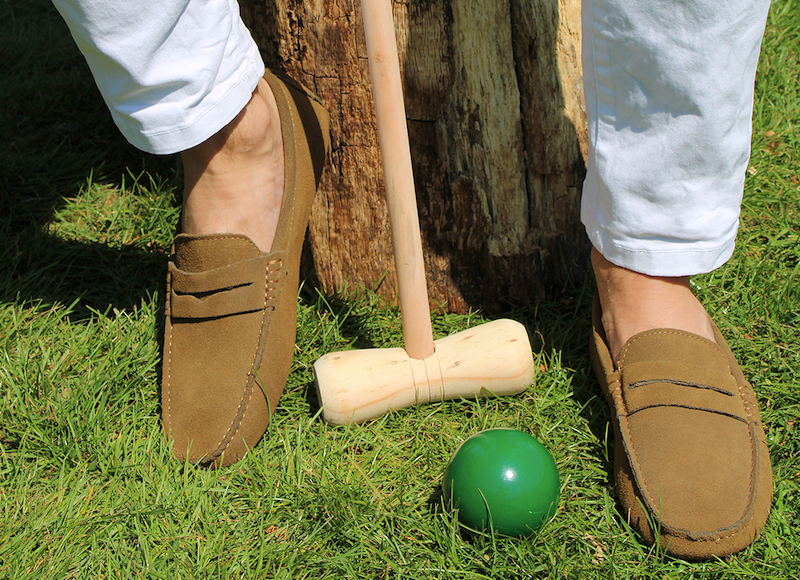
The Curious History of Croquet: From Lawns to Lords
There are few games that evoke such a charming image of English summer leisure as croquet. Picture the clink of mallets on balls, crisp linen trousers, and garden parties on perfectly trimmed lawns. But beyond the polite clatter of the game lies a surprisingly international and eccentric past.
Origins: France, Ireland… or Egypt?
While the exact birthplace of croquet is still debated, the game's distant ancestors can be traced back to France in the 13th century. A game called paille-maille (from which the word “pall-mall” comes) was played with a curved stick and a ball knocked through hoops.
Others argue that croquet as we know it came to England via Ireland in the 1850s, where it had been enjoyed under the name "crooky." There are even whispers that ancient Egyptian tombs depict games not dissimilar to croquet, though historians are less convinced of this link.
Croquet Takes Root in England
Regardless of origin, it was in Victorian England that croquet truly found its home. The game was introduced formally in 1856 when John Jaques of London began manufacturing equipment and publishing the rules. Suddenly, croquet became the fashionable pastime of the English upper classes—an ideal mix of competition, conversation, and courting.
The game suited Victorian sensibilities: it was played outdoors, encouraged polite interaction, and—importantly—allowed men and women to play together at a time when social mixing was still tightly regulated.
A Game of Status and Strategy
By the late 1800s, croquet lawns were a fixture of country estates, with tournaments held in society circles. It wasn’t just a game of knocking balls around—it became an art of strategy, sabotage, and subtlety. Players could "roquet" opponents’ balls and send them spinning into hedgerows or ponds, creating as much drama as a midsummer scandal.
Decline and Resurgence
With the rise of lawn tennis in the late 19th century, croquet fell out of favour among the fashionable set. Tennis was faster, newer, and—frankly—took up less space on the lawn.
However, croquet never disappeared entirely. The formation of the Croquet Association in 1897 helped preserve the rules and structure of the game in Britain. Today, croquet clubs still thrive across the UK, and the sport is played competitively around the world—from New Zealand to the United States.
Croquet Today: A Gentleman’s Game
Modern croquet retains much of its old-world charm. Whether enjoyed in a manicured garden with a glass of Pimm’s or played competitively in white attire, it is still very much a game of precision, patience, and genteel rivalry.
And for many, croquet is not just a game—it’s a statement. A nod to tradition, elegance, and the enduring appeal of the British summer.
Did You Know?
-
Croquet was an Olympic sport once—in 1900 in Paris!
-
The term "hoop" in croquet is also known as a "wicket" in American versions of the game.
-
Queen Victoria reportedly enjoyed watching croquet, though there's no evidence she ever played it herself.



Leave a comment
This site is protected by hCaptcha and the hCaptcha Privacy Policy and Terms of Service apply.